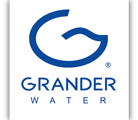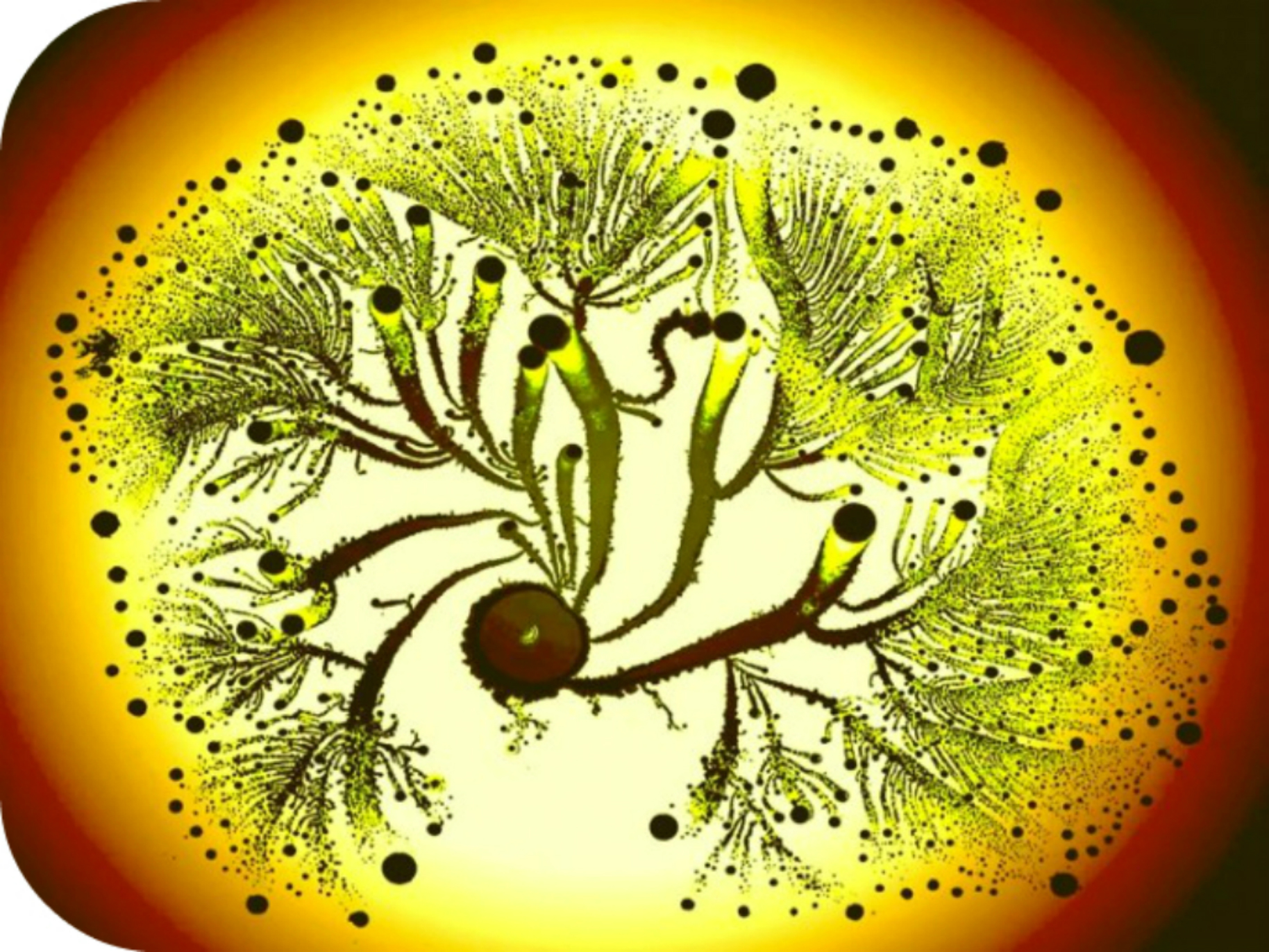|
|
Water Has a Memory
Johann Grander had already realized at the beginning of his research work that the mere chemical formula
"H20" is inadequate to explain the element of water. Water can take on information, store it and pass it on to the environment and its surroundings.
It reacts to bio-signals, which come from nature, but is also reacts to technical signals such as electromagnetic waves originating from radio technology. |
|
Both kinds of signals are stored as information in water and also passed on.
By means of special examination methods the effect of different information on water can be proven and even made visible.
In order to prove this 2 Petri dishes (flat, round, transparent dishes, which are used in examinations in laboratories) are filled with a gel-like food substance, that serves as a food source for bacteria. Then bacteria from a selected breed are injected into the middle of the Petri dish. The bacteria begin to multiply and
form varying patterns: sometimes being broadly fanned out and other times small and consisting of straight lines. In the test arrangement all parameters remain the same in each repetition - except for the information content of the water, that is required for the production of the food substance. The described experiment with both Petri dishes was developed by the physicist Prof. Eshel Ben-Jacob from Israel. The photos were taken in 1998 and document the effects when water with varying information content is used for the production of the food substance. With this experiment Prof. Ben-Jacob was able to answer more questions regarding information properties of water and could make the following conclusions:
1. Water reacts to signals from its environment; 2. Water stores this information, similar to having a memory and can remember the events and signal effects at a later point in time; 3. Living things (bacteria) react to the changed conditions in the water. How and where the information storage in water could take place still remains to be answered. Can information in water be recorded with physical measuring instruments? To date there has not been any physical procedure published that fulfills the requirements. Even the "finest" physical measuring instruments are several tenths of a percent inaccurate to directly record characteristics like information or structure of water. Therefore, the method of proof used by Prof. Ben-Jacob takes on even more significance. As a physicist and former President of Israel's Physical Society he managed a scientifically brilliant achievement. Ben-Jacob transferred the task of measurement from physical measuring instruments to living organisms (bacteria). He says that bacteria reacts at least 1,000 times more sensitively than any measuring device known today.
It all comes back to the knowledge of Johann Grander, who was always convinced of the importance and sensitivity of animals. He showed that even bees are very good "biological measuring instruments". In one experiment he proved that bees are capable of distinguishing between revitalized water and non-revitalized water. The rate of accuracy was around 95%.
Photo: Prof. Eshel Ben Jacob while on a visit with Johann Grander in Jochberg, Tyrol on July 7th, 2008.
|

